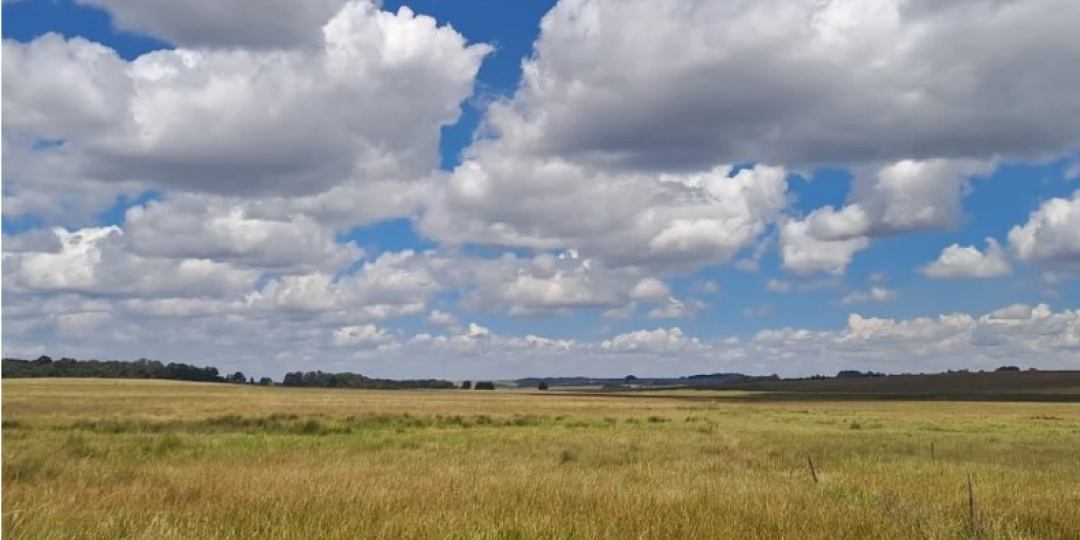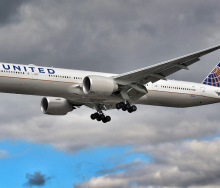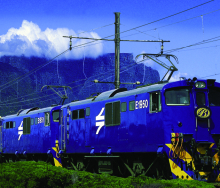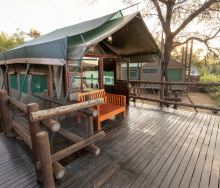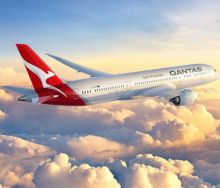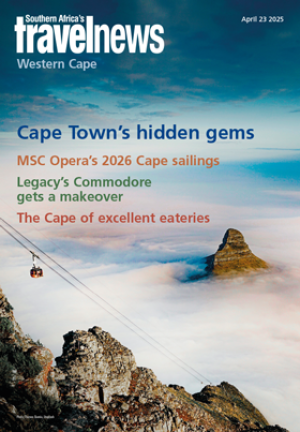Middelpunt Nature Reserve in Mpumalanga has been declared South Africa’s 29th Ramsar site.
MNR is situated along the headwaters of the Lakenvleispruit in the Olifants River basin, approximately 14km from Dullstroom.
A Ramsar site is a wetland site designated to be of international importance under the Ramsar Convention,also known as ‘The Convention on Wetlands’, an intergovernmental environmental treaty established by Unesco in 1971 in Ramsar, Iran. It provides for national action and international co-operation regarding the conservation of wetlands, and wise sustainable use of their resources.
The declaration comes less than a year since the declaration of the Berg Estuary in the Western Cape as South Africa’s 28th Ramsar Site.
“This is a further indication of how important it is to conserve and protect our country’s wetlands. Wetlands’ unique environmental features not only provide clean water through their natural filtration systems, but also provide habitats to a variety of species, including migratory birds,” said the Minister of Forestry, Fisheries and the Environment, Barbara Creecy.
The Middelpunt site is in one of South Africa’s highest rainfall regions, known as the Mpumalanga Drakensberg Strategic Water Source Area. The region consists primarily of a permanent freshwater valley bottom wetland, supported by lateral seeps and artesian springs.
The Ramsar site is home to one of the rarest and most threatened waterbirds in Africa, the White-winged Flufftail. Ethiopia was thought to be the only country where White-winged Flufftail breed and recently the first breeding record was made at Middelpunt Nature Reserve, establishing that a breeding population exists outside of Ethiopia.
At the African-Eurasian Migratory Waterbird Agreement meeting held in Budapest last year, South Africa won an award for the conservation of the White-winged Flufftail in recognition of its conservation efforts for this endangered rare bird species.
The site also contributes significantly to conserving the genetic and ecological diversity of the Steenkampsberg Mountain Grasslands and provides habitat for a number of other endangered and endemic species, including the Blue Crane, Secretary Bird, African Grass Owl, and Denham's Bustard.
The site is one of just two in South Africa where the rare Peat-burrowing Crab is found. Middelpunt Wetland contains a peat layer 1,5-2,6m deep, accumulating at a rate of 0,36mm per year. Peat provides an important ecosystem service by sequestering carbon from the atmosphere.

